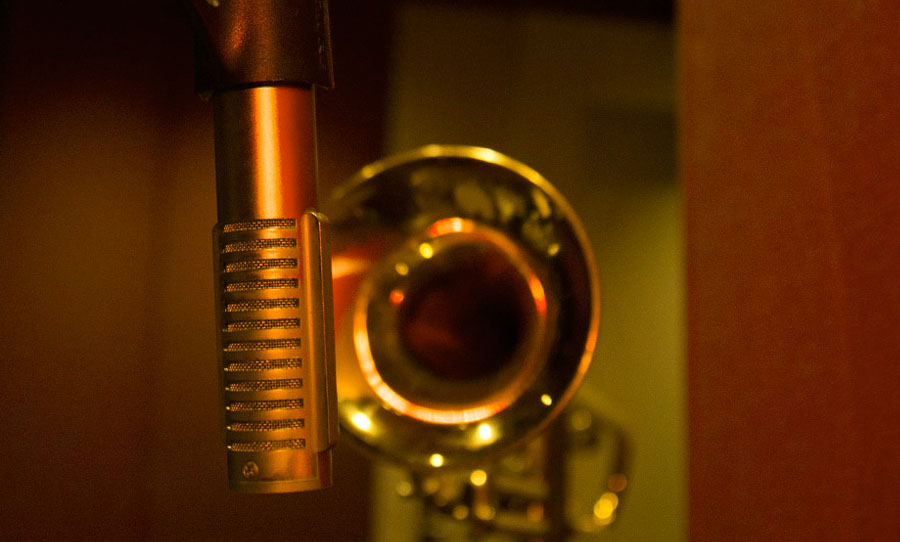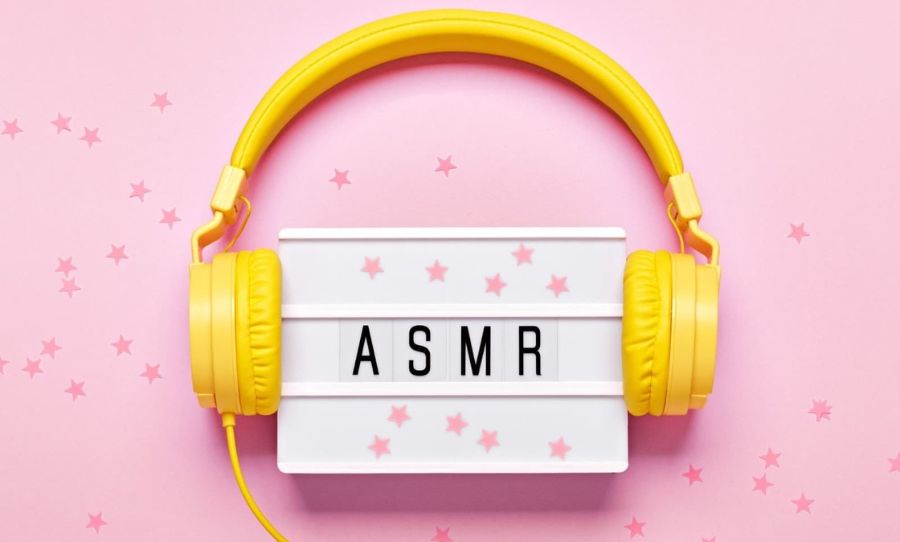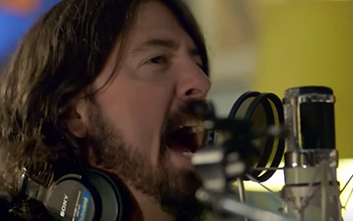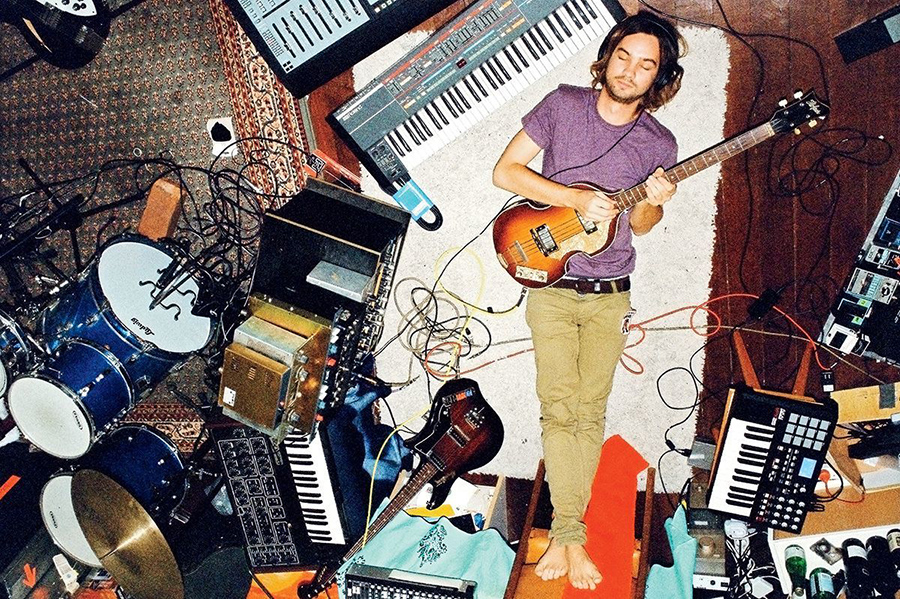Having played the trumpet since the age of seven I have become accustomed to the sounds of concert bands and orchestras in multiple venues and spaces. This has heavily influenced the music I produce today and I’ve strived to hone my skills in recording trumpet.
Throughout the past three years, I have spent a large amount of time exploring ways in which I can enhance these raw recordings (particularly trumpet), stumbling on strange and wonderful methods.
We take a look at some useful hacks for recording trumpet and enhancing its raw tone to give it more life, body and vitality.
Autotune (Pitch Correction)
Although it may not be the traditional method of tuning one’s instrument, autotune will always be an incredibly helpful plugin that could save a large amount of time re-recording takes that appear to be out of tune.
There are endless possibilities when it comes to experimenting with autotune, however when it comes to live instruments namely trumpet and extended brass it is important to avoid overkill, especially on chromatic lines. An ideal use of autotune would be over smooth and sustained notes with a medium/slow response time, making the tune as subtle as possible. A faster response time could pull the focus of your listener and potentially disrupt the energy of your track.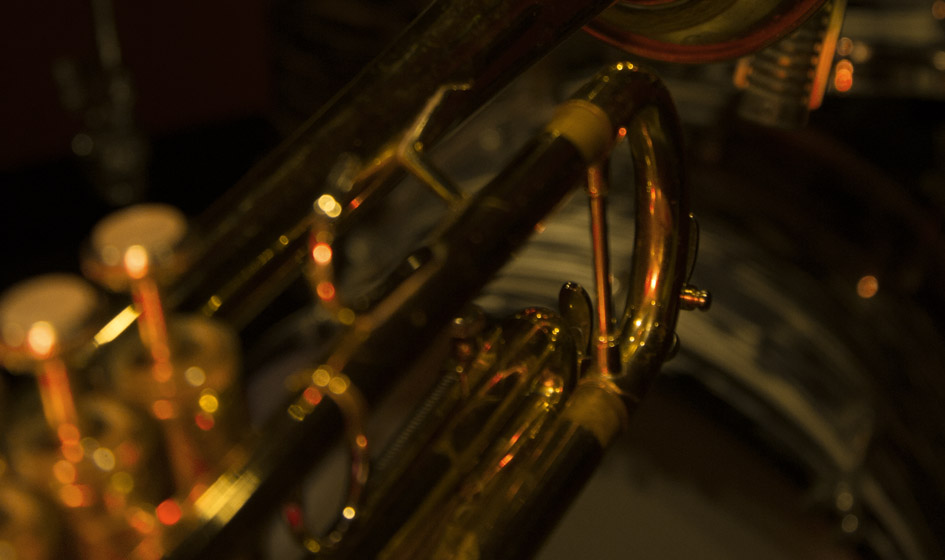
Vocal Doubler
Handy for most vocal recordings, a vocal doubler plugin works just as well with any live recorded instrument. Applying an octave doubler provides solid yet subtle warmth toward the bottom/top frequencies of your recording, substituting any potential extra instrument. Similar to the autotune method, it is important not to over-mix the doubler into the raw recording as your take will begin to sound too processed. Trial and error is key.
Doubling can also be used in a live setting and one of my personal favourite examples of this is the Highasakite cover of Heavenly Father by Bon Iver.
Reverb
Raw recorded Trumpet sounds shit*. It can be metallic, obnoxious and straight up ugly, especially when recorded in a home recording studio with a small budget. This is where reverb steps in. I find it is vital in almost every aspect of recording both live and digital instruments as it can completely change the sound.
As before, always avoid overkill (it’s called that for a reason). Reverb is delicate and can affect a recording drastically. It’s important to remember that reverb on a trumpet will differ to vocals and other instruments due to contrasting timbre, level and tonal range.
Trailing away from a non-processed recording, I once found myself exploring reflectivity in my reverb plug-in. I wanted to record a soft, long and sustained note however struggled to maintain a continuous level of sound without gasping for breath.
This is where I decided to pull the reflectivity in my reverb plugin to 100%, sustaining the note for as long as I desired. The timbre of the trumpet changed and began to sound like a blanket synthesised pad sound. This was all tested and achieved on the fly, I highly recommend adjusting room size and reflections as you go rather than after recording as sometimes it is difficult to change sounds according to specifications i.e mouthpiece pressure.
Experiment
Experimenting is probably the best way to approach recording trumpet, especially when you’re exploring unknown territory. Drawing from experience I highly recommend dedicating a few hours in your session to applying plugins and effects you wouldn’t normally associate with live recording.
It is important to be aware that experimenting is a creative process and won’t always result in high satisfaction, keeping an open mind is essential in this process, if not all the processes listed above.
Mikaela Grob is an intern sound engineer at Enmore Audio.
